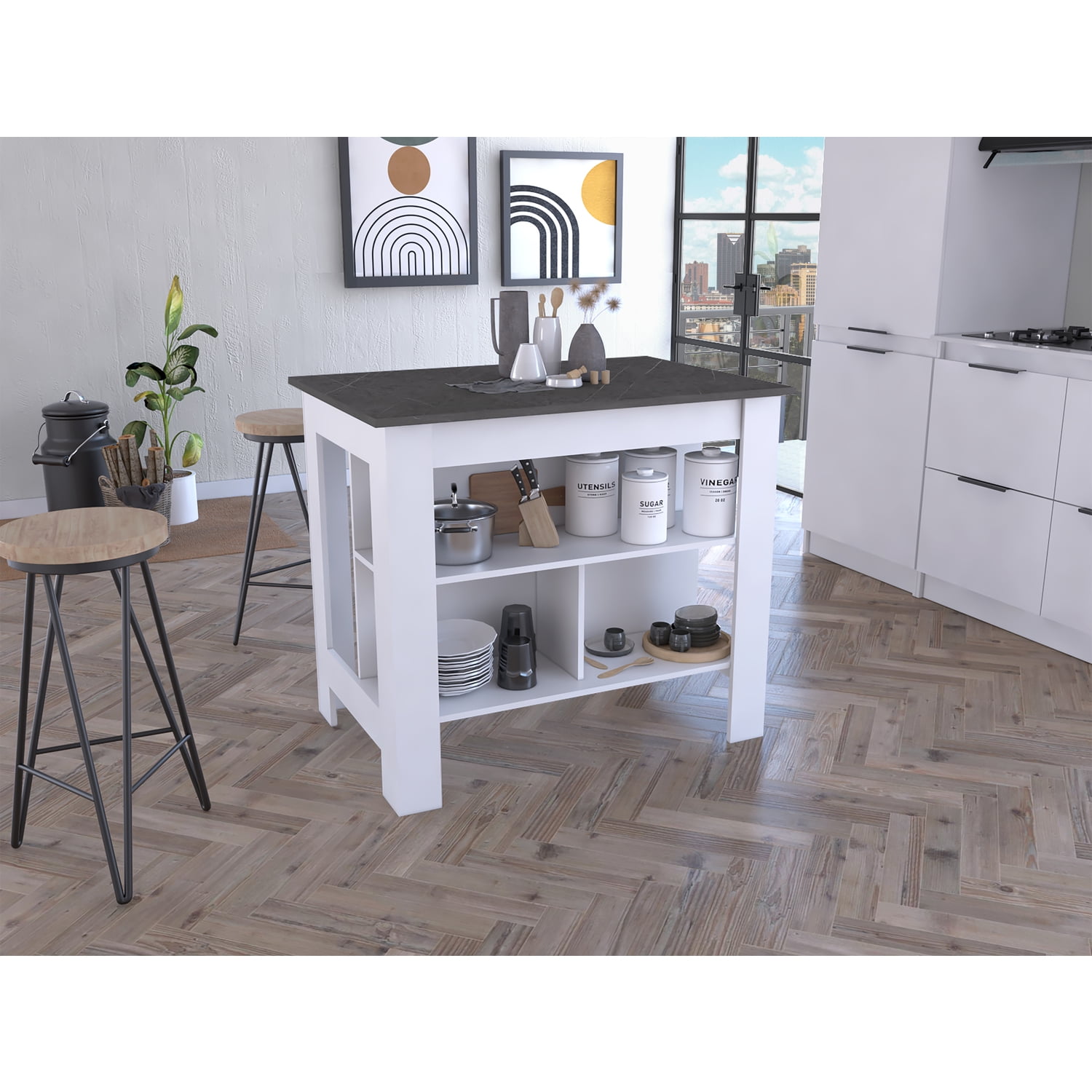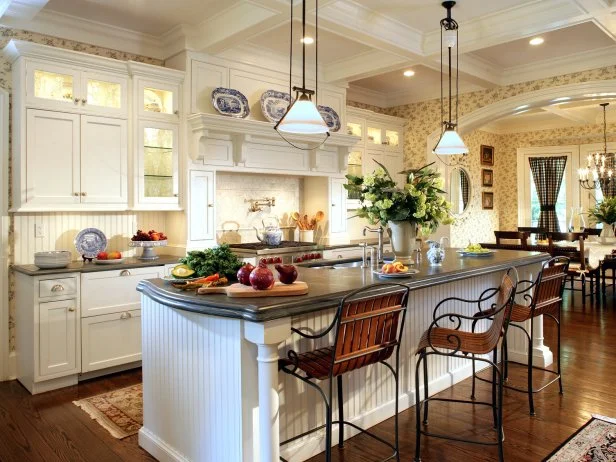Check Out Modern and Standard Designs in Legs For Kitchen Island Tasks
Check Out Modern and Standard Designs in Legs For Kitchen Island Tasks
Blog Article
Vital Aspects to Consider When Choosing Legs For Kitchen Island
Picking the proper legs for a kitchen area island involves a careful evaluation of numerous elements that can dramatically influence both performance and visual appeal. As we explore these aspects, it ends up being clear that each choice can have far-reaching implications for the total kitchen experience.
Product Options
When picking legs for a cooking area island, recognizing the various material choices is vital for achieving both visual allure and architectural honesty (Legs For Kitchen Island). The selection of product substantially influences not only the toughness of the island however likewise its total design and functionality
Metal legs, typically made from stainless steel or wrought iron, contribute a contemporary and industrial feeling while making certain toughness and security. These products are resistant to put on and can support significant weight, making them suitable for bigger islands.
Another choice is crafted products, like MDF or plywood, which can be more economical while still offering a variety of coatings. They might not offer the exact same level of stability as strong timber or steel. Legs For Kitchen Island. Products such as acrylic or glass can create a contemporary appearance, though they might call for extra support to make sure stability.
Eventually, the selection of material for kitchen area island legs ought to straighten with the wanted capability and the overall style of the kitchen.
Style and Layout

When considering style, the shape and coating of the legs are important. Tapered legs can supply a sense of agility and sophistication, while thicker, a lot more durable legs can convey stamina and security. Furthermore, the coating-- be it repainted, stained, or all-natural-- ought to complement the cabinets and counter top materials to produce a unified look.
Furthermore, the layout of the legs can additionally reflect personal preference. Personalized or attractive legs, such as those including intricate carvings or special geometric shapes, can function as prime focus, adding personality and character to the kitchen area. Inevitably, the best choice will not only enhance functionality but likewise elevate the aesthetic appeal, making the kitchen island a standout attribute of the home.
Elevation Factors To Consider
Choosing the proper height for kitchen island legs is important, as it straight affects both functionality and convenience. The typical height for a kitchen island typically ranges from 36 to 42 inches, aligning with typical countertop heights. A 36-inch height is perfect for cooking and cooking, permitting comfortable use kitchen area appliances and tools. Alternatively, a height of 42 inches is frequently preferred for islands intended for bar seats, suiting taller feceses and using a casual dining experience.

It is also necessary to make up users' elevations and choices. Tailoring the elevation can make certain a comfortable experience for all relative, making the cooking area island a more pleasurable and functional area.
Weight Support
Making certain ample weight support for kitchen area island legs is vital for both safety and Click This Link capability. The kitchen island frequently serves multiple objectives, including cooking, eating, and additional storage, necessitating a robust support structure. When picking legs, it is vital to consider the overall weight capability required based upon the island's intended usage and the products that will certainly be placed on it.
The choice of material for the legs plays a substantial duty in their weight-bearing capabilities. Solid timber, metal, and heavy-duty compounds normally offer remarkable strength compared to lighter see this materials. Additionally, the style of the legs-- whether they are straight, tapered, or have a pedestal kind-- can affect their capacity to disperse weight effectively across the structure.
Always get in touch with the producer's requirements relating to lots restrictions to make sure that the legs can sustain the desired weight without endangering security. In recap, picking kitchen island legs with ample weight assistance is crucial for creating a functional and safe cooking area.
Setup and Upkeep
Correct setup and maintenance of kitchen area island legs read the full info here are important for making certain longevity and security. This typically involves securing the legs to the island base using ideal bolts, guaranteeing that the legs are level and straightened.
When mounted, regular upkeep is needed to maintain the integrity and appearance of the legs - Legs For Kitchen Island. For wooden legs, regular cleansing with a damp fabric and application of ideal timber gloss can stop dampness damage and maintain their finish. Steel legs might require a mild cleaning remedy to eliminate grease and grime, complied with by a completely dry fabric to protect against corrosion formation
In addition, inspect the legs consistently for indicators of wear or damages, such as splits or loosened joints. Tightening up screws or screws as needed can likewise lengthen the life-span of the legs. By adhering to these installment and upkeep practices, property owners can make sure that their kitchen island stays strong and aesthetically appealing for years to find.
Conclusion

Visual coherence is extremely important in choosing the style and design of legs for a cooking area island, as these aspects substantially affect the overall atmosphere of the room. Tapered legs can give a sense of lightness and elegance, while thicker, more durable legs can communicate stamina and security.Picking the appropriate height for kitchen island legs is critical, as it directly affects both capability and comfort. In recap, choosing cooking area island legs with ample weight assistance is important for creating a practical and risk-free cooking space.
In final thought, selecting legs for a kitchen area island necessitates cautious consideration of numerous elements, consisting of product choices, design, elevation, weight support, and setup.
Report this page